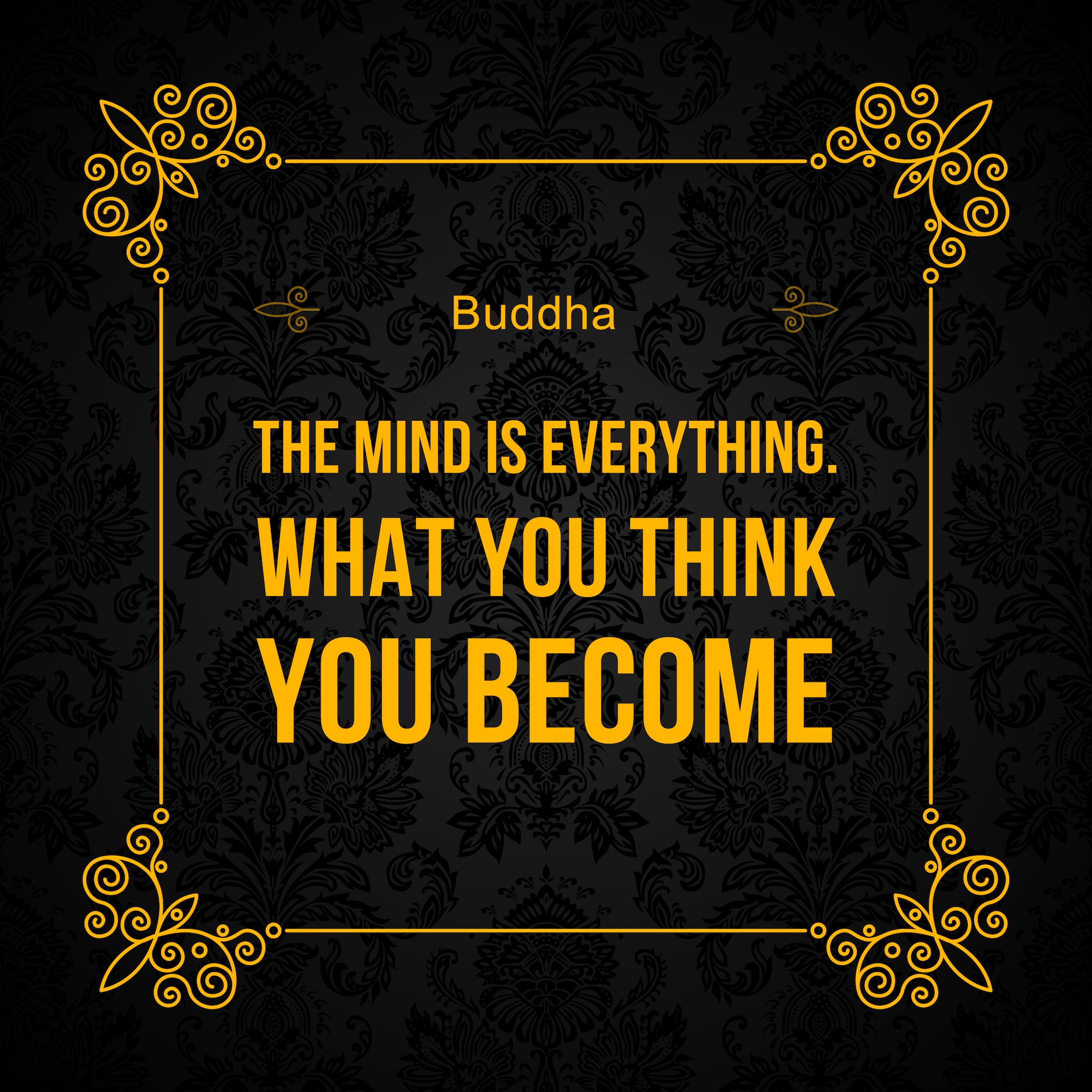DHAMMACHAKRA PRAVARTAN DIN 2022: On October 14, 1956, India’s first law minister and the architect of the Indian constitution, Bhimrao Ambedkar, along with over 3 lakhs of his followers, embraced Buddhism after renouncing Hinduism. The day it happened is called Dhammachakra Pravartan Din. Even though the conversion took place on October 14, Dhammachakra Pravartan Din, which marks the event, is celebrated on Ashoka Vijayadashami (Dussehra) every year. This year it will be celebrated on October 5.
On Dhammachakra Pravartan Din, a large gathering happened at a Buddhist sacred monument in Nagpur called Deekshabhoomi where Dr Ambedkar and his followers embraced Buddhism. Many Buddhists gather at the place to celebrate the mass conversion of people to Buddhism.
IN PICS: Dhammachakra Pravartan Din: Images, Wishes, Quotes, Messages and WhatsApp Greetings to Share
Dr Ambedkar had decided to leave Hinduism early on and studied other religions to understand which one will suit him better, and finally chose Buddhism. He chose ‘a morally sound religion.’

He was a staunch opposer of Hinduism because he was convinced that the religion propagates ‘wrong ideals and has a social life of the wrong kind.’
After renouncing Hinduism in the grand ceremony that happened in Nagpur, Ambedkar had said, “By discarding my ancient religion which stood for inequality and oppression, today I am reborn.”
Ambedkar had made 22 pledges on the day when he renounced Hinduism. One of which is, “I thereby reject my old religion, Hinduism, which is detrimental to the prosperity of humankind and which discriminates between man and man and which treats me as inferior.”
Ambedkar fought against the caste discrimination against Dalits and wrote extensively against caste in Hinduism.
In the inaugural issue of his journal Mooknayak, Ambedkar called the Hindu society a ‘tower’ where every floor is designated to a particular caste. Ambedkar continues, “The point worth remembering is that this tower has no staircase and therefore there is no way of climbing up or down from one floor to another.”
Ambedkar elaborated by saying that there is no way that a meritorious person can climb up a floor or a person living on a higher floor, who is not meritorious, can be demoted to a lower floor. He said that in this tower, a person dies on the floor where he is born.
However, on Dhammachakra Pravartan Din, he left that society and embraced Buddhism. A day later, Ambedkar said, “Even though I was born in the Hindu religion, I will not die in the Hindu religion.”
























